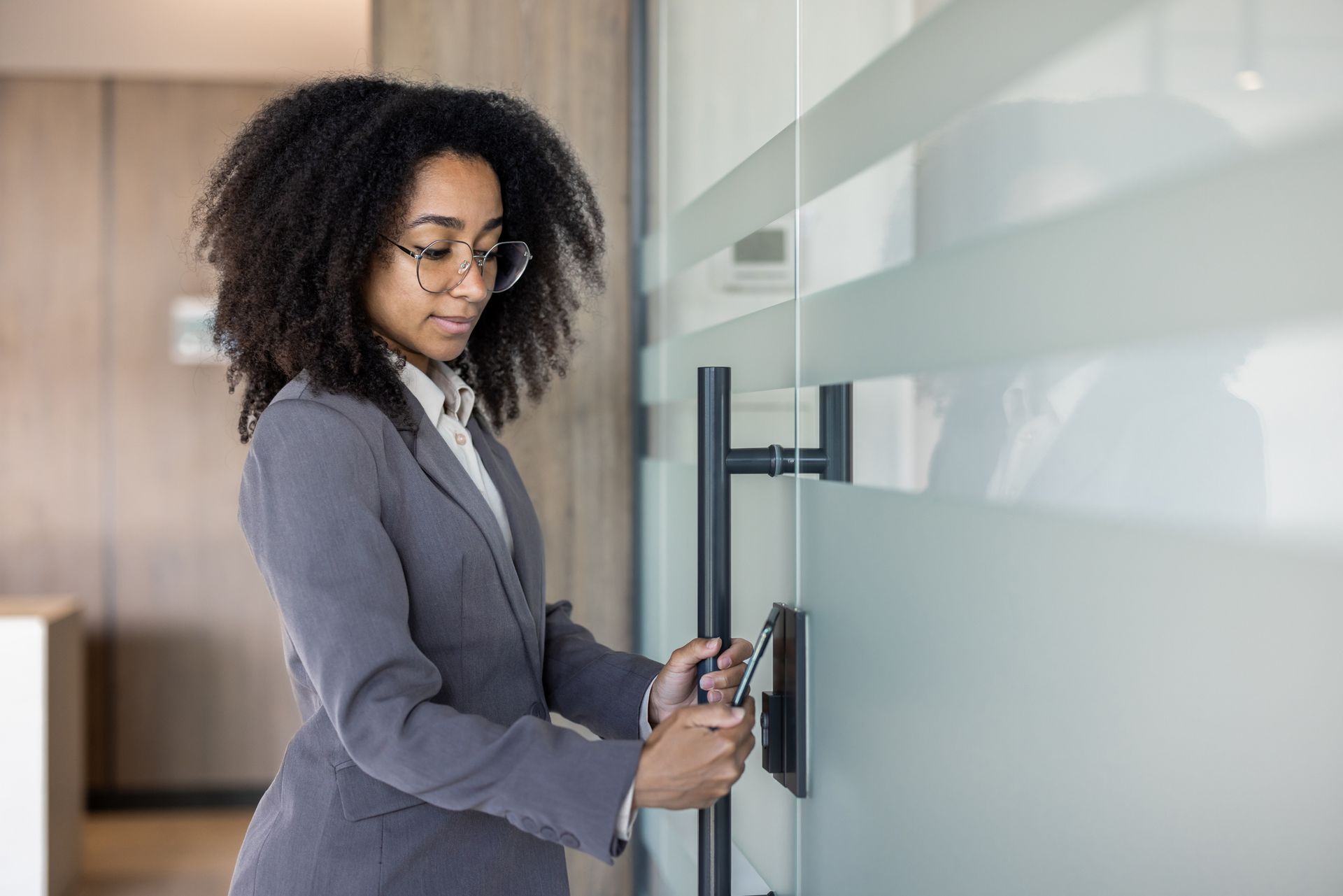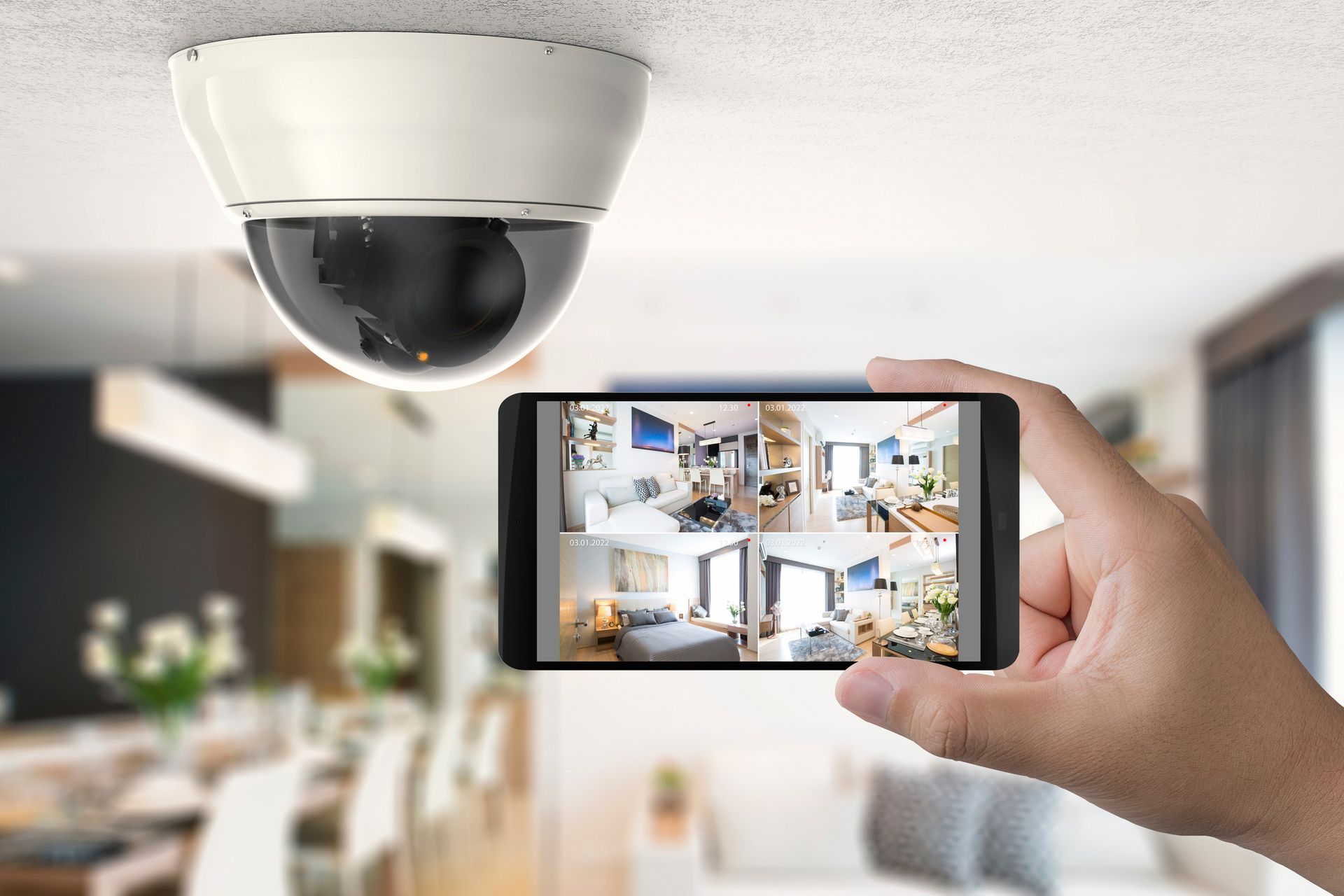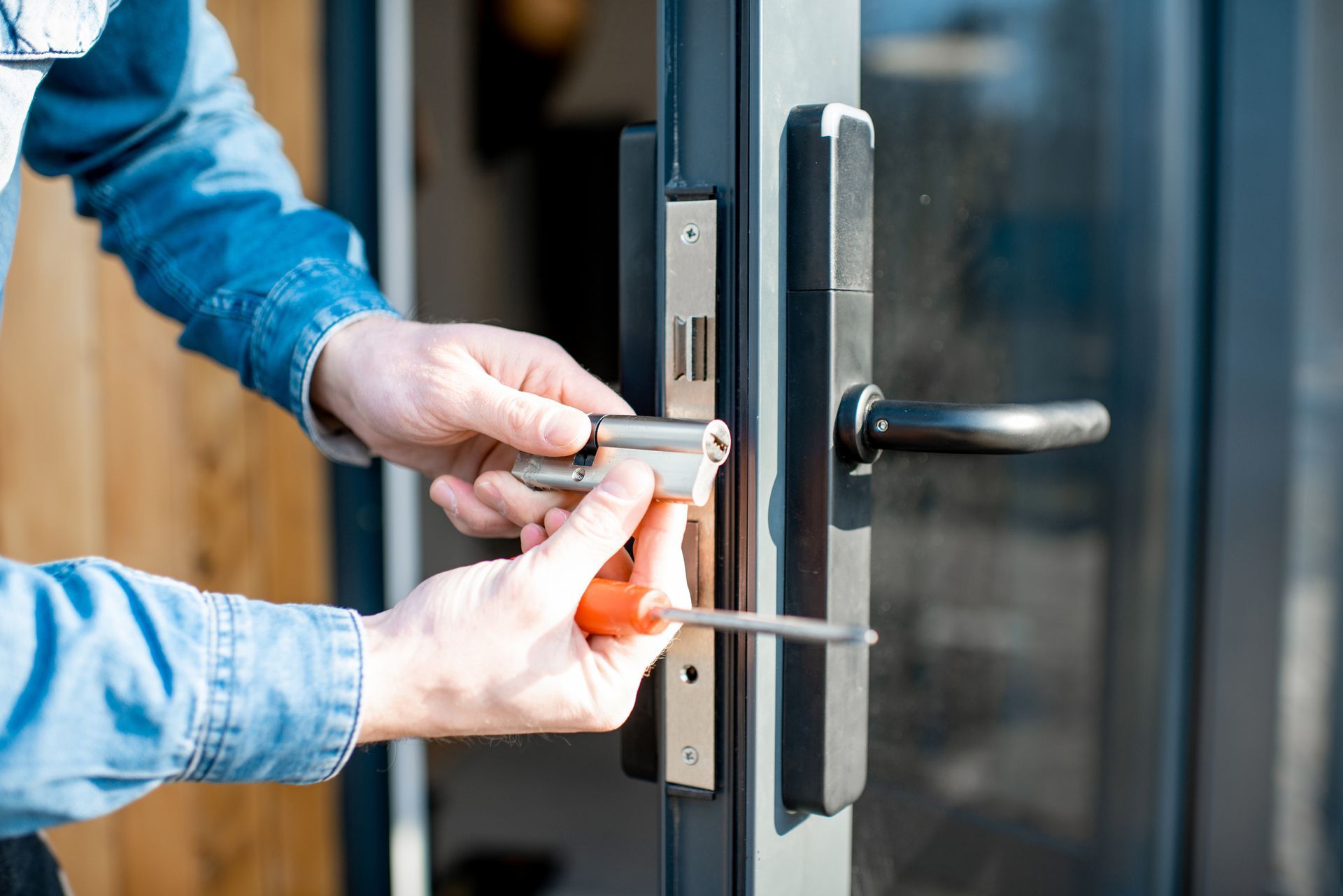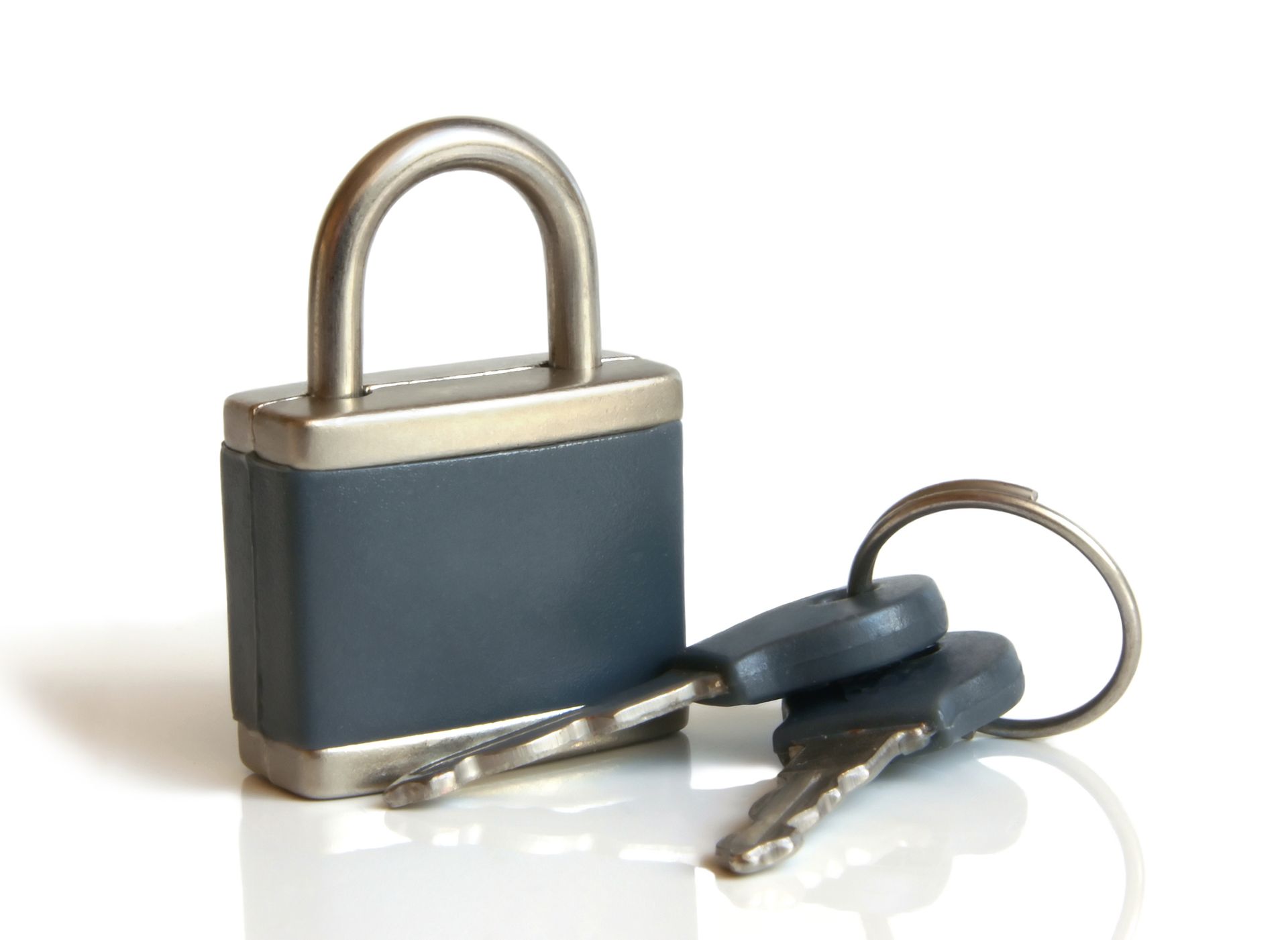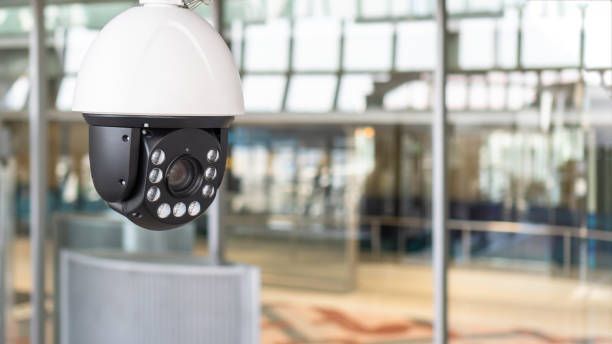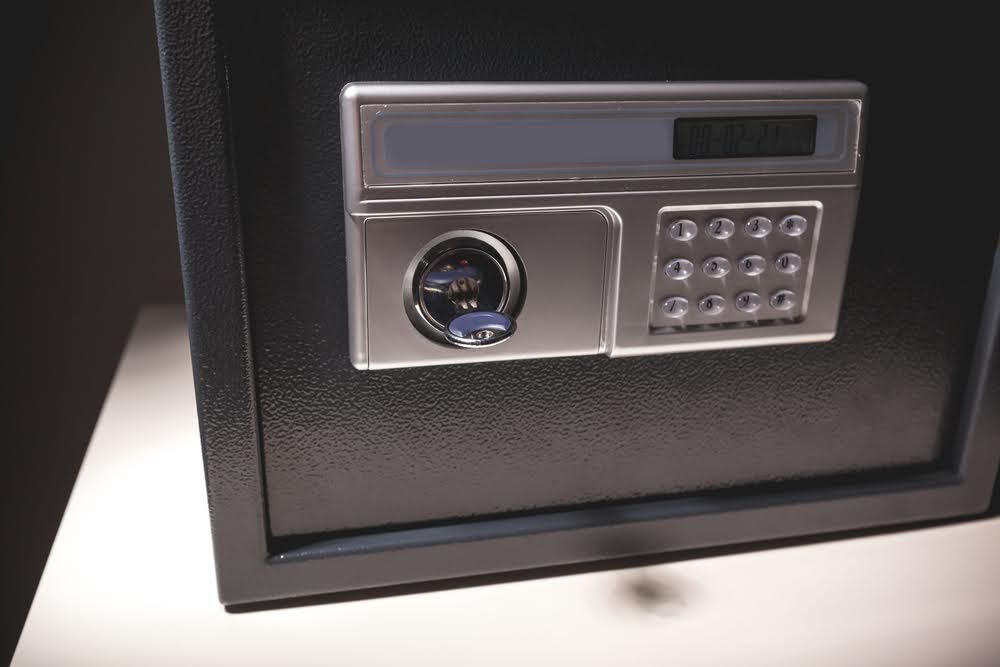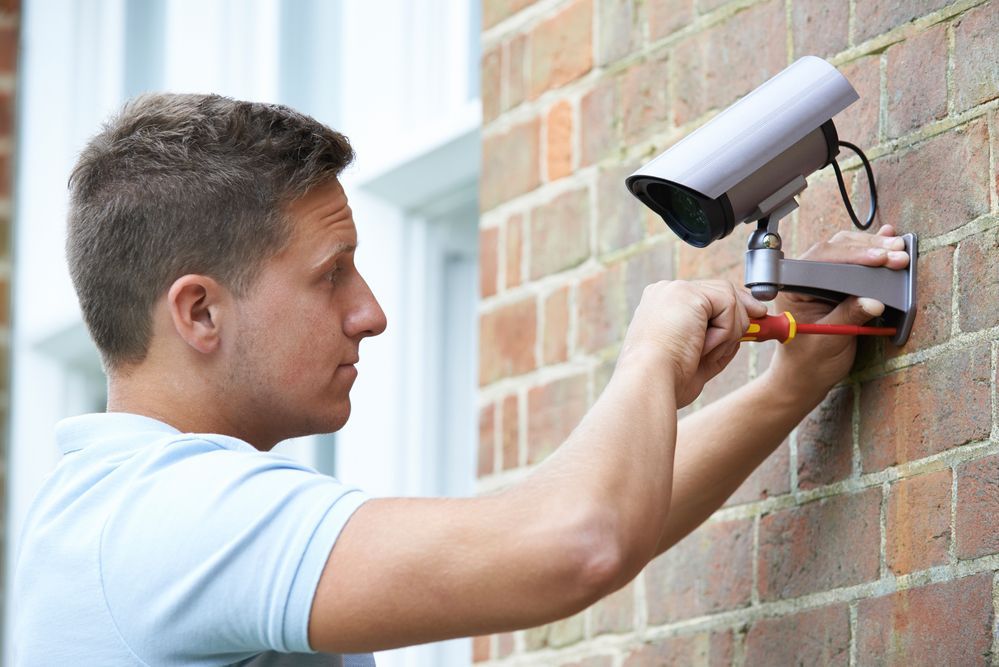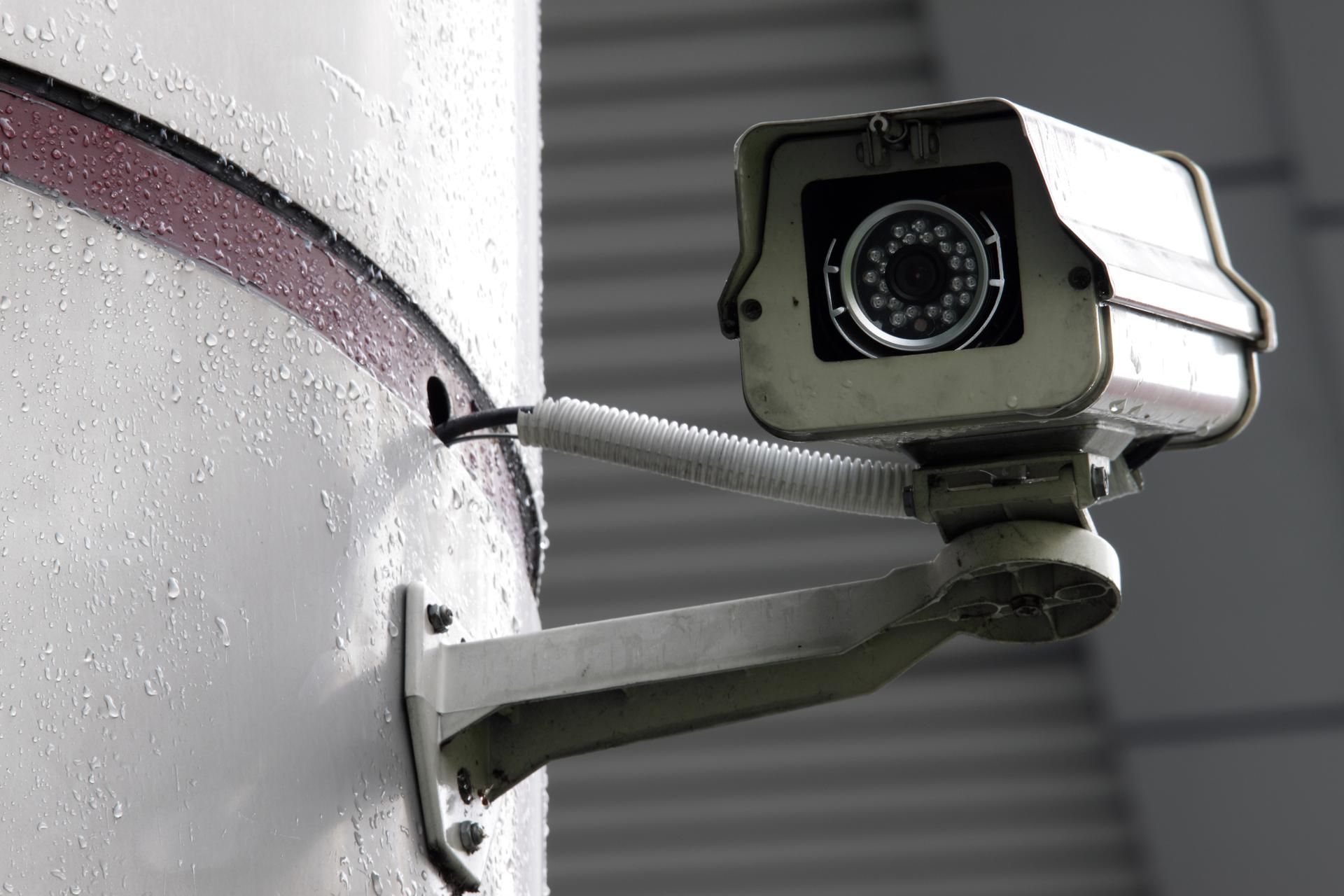What’s the Difference Between a Gun Safe or a Gun Cabinet?
Dixie Safe & Lock Service Inc. • July 22, 2019

Gun cabinets are often made of wood and may have framed glass doors. It’s not uncommon for gun owners to make their own DIY gun cabinets for easy storage and display.
A gun safe can range from a small, carriable lock box to a large steel chest weighing thousands of pounds with heavy duty construction on the door and walls as well as complex locking mechanisms. Gun safes can have the traditional dial safe lock or a digital keypad or biometric access. Gun cabinets are most often just secured with a lock and key.
If you’re not worried about burglary, want to display guns in your collection or just want minimal protection to prevent children from easily accessing firearms, a gun cabinet may be adequate, but they are never as secure as a gun safe and shouldn’t really be considered a viable alternative for secure firearm storage.
If you do have children in the house, you should strongly consider purchasing a gun safe due to the less than fortified nature of a gun cabinet. Children have a habit of getting into all types of things, and there’s no guarantee they won’t happen upon the key or even break open the door or lock to gain access to firearms in a gun cabinet.
This is especially true for burglars, who can very easily gain access to a gun cabinet in virtually no time.
There are many collectors who understandably find gun cabinets appealing. It’s a much better way to display a collection of firearms for guests to admire. Wealthy collectors with large vaults or advanced home security systems may be able to comfortably afford that luxury, but for the average gun collector it’s just not a very realistic option.
Environmental Factors
There are also the elements to consider. Humidity, for example, can wreak havoc with firearms, especially antique or collectible guns. Gun safes are built with humidity and environment control in mind, while a simple wood gun cabinet will not provide adequate insulation.
Locking Mechanisms
In addition to having a dial lock, electronic digital keypad or biometric access, gun safes also require three locking bolts minimum to add even more security to the door. These bolts make gun safes significantly more difficult to crack open with a crowbar than a gun cabinet would be.
Fire Rating
A gun safe that has an ETL or UL fire rating is going to offer significantly more protection in the event of a fire than a simple gun cabinet comprised of flammable wood.
Hinges
Many gun safes have the hinges on the interior of the door. Although this does somewhat limit how wide the safe door can open, it does increase protection because a potential thief can’t easily access the hinges to quickly compromise the safe’s door. Many gun cabinets will have the hinges on the outside like a standard cabinet normally has.
Thickness of the Walls and Doors
Gun safe doors and walls are often in the 10 to 12-gauge thickness range, at a minimum, making it harder to enter the safe from any of its six sides. Most cabinets do not offer this type of protection, especially if they’re constructed of sheet metal or wood.
If You’re Worried About Aesthetics
A lot of gun owners don’t want a big gun safe sitting in the middle of their home taking up space and being an eyesore. They also want relatively fast and easy access to their firearms in case of home intrusion.
This is one of the stronger cases for gun cabinets, specifically hidden gun cabinets. For hidden gun cabinets, the security is primarily derived from camouflage. Keep in mind, gun safes can also be similarly camouflaged to provide the best of both worlds.
Hidden gun cabinets come in a variety of types, from hidden compartments behind picture frames, coffee tables and coat racks to wall mirrors, cabinet shelves and clocks. You can even get creative with your own hiding spots with the help of Dixie Safe & Lock Service Inc. We can install gun safes anchored into walls, making them very difficult if not impossible to easily remove. You can then add your own hinged cover, such as a picture frame, on top of it.
There are even examples online of people who have built wood cabinets around gun safes
so it looks like you have a nice armoire in your room rather than a bulky grey gun safe.
Get Advice on Finding the Best Gun Safe for Your Home
If you have questions regarding what type of gun safe you should get or you have questions about gun safe installation best practices, give the gun safe installation experts at Dixie Safe & Lock Service Inc. a call
at (713) 643-5767.
We have extensive experience selling, installing and servicing all types of safes, especially gun safes for Houston area gun owners, and would be happy to consult with you on the best solution for your gun storage needs.
| Number | First Name | Last Name | Email Address |
|---|---|---|---|
| 1 | Anne | Evans | anne.evans@mail.com |
| 2 | Bill | Fernandez | bill.fernandez@mail.com |
| 3 | Candice | Gates | candice.gates@mail.com |
| 4 | Dave | Hill | dave.hill@mail.com |


